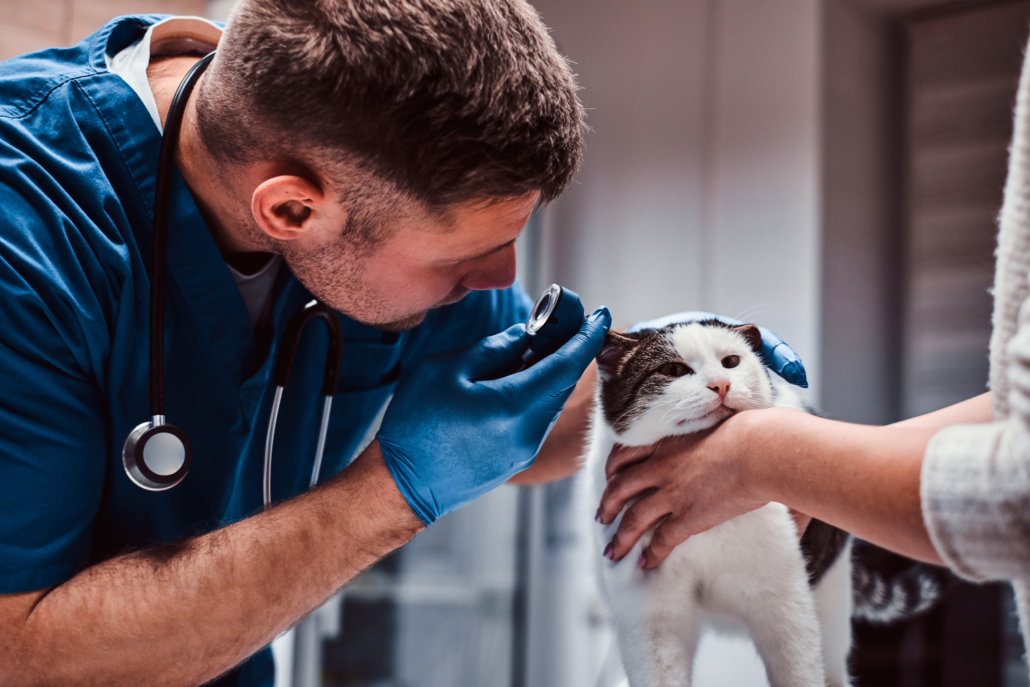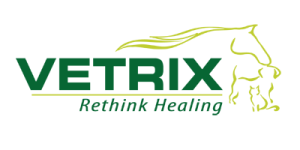The Latest Veterinary Technology in 2021

Rethinking the use of new technology to help heal animals has changed the way that veterinarians practice entirely. Ground-breaking advances in veterinary care technology allow vets to use applied scientific approaches to improve and fast track their diagnoses and treatments. Here are the latest technologies to look out for in 2021 and how they have helped shape the veterinary world.
Advances in Technology
Tech has ensured that every facet of life has gone digital, from scheduling appointments to storing data. The shift from physical data to digital data has made it easier to catalog and analyze data. The big data trend has allowed veterinarians across the globe to tap into epidemiological trends. Vetrix has used this data and regenerative medicine to improve and offer the world of animal healthcare new and enhanced healing solutions.
These advances make it a lot easier to diagnose and treat patients. Using current and historical patient data allows vet practices to learn and adapt their approaches to animal healthcare. Faster treatments lead to more cost-effective approaches for pet owners and veterinarians alike. The latest advances in vet technology have allowed for more than just data advances; it has impacted the way vets look at and manage wound care, ophthalmology, neurology, and preventative animal medicine.
Application of Data
Data application has improved diagnosis and reinvented how veterinarians and vet techs look at the healing process. The data has made it easier to understand the life cycles of diseases, recovery, and post-operative care. Advances in data collection have vastly improved preventative care, meaning it’s a lot easier to avoid long-term health complications associated with poor healing.
Top Veterinary Technologies to Watch
The use of technology has helped Vetrix develop several innovative solutions to help patients recover faster and easier. The latest in veterinary technology is more than just surface wound care; Vetrix offers innovations that aid in the recovery of ophthalmological care and neurological surgery recovery. Recovery is one of the most critical processes in vet care, allowing patients to heal and stay healed is the ultimate goal.
These leading technologies to keep an eye out for in 2021 are helping vets understand and treat their patients in ways that lead to better results:
Would Care and Management
Veterinary technology has improved the ways that vets look at wound care. Technologies such as BioSIS ECM are structural matrices that can help kickstart natural healing processes. The matrix repairs and replaces damaged tissue in wounds. It acts as a naturally occurring scaffold for cells to regenerate and grow into healthy and organized tissue. As the animal’s body begins to stimulate a natural healing process in response to the ECM, the tissue that regenerates will be site-functional and specific to that area. This innovative method of treating an injury can lead to faster recovery with fewer complications.
Area Sensitive Recovery
It is well known that neurological surgery, whether in an animal or a human, is very serious; repair and healing issues can lead to lasting health complications. BioSIS ECM can be used as a scaffold for native tissue regeneration. The material can hold sutures and support tissue that has been weakened by injury or surgery. Neurological surgery can carry risks of infection and harm an animal’s immune system, so it’s essential to kickstart the natural healing processes; using BioSIS ECM technology can kickstart healing and help prevent scar tissue formation and lower the requirements for rehabilitation.
Preventative Care is the Future
Most veterinarians or doctors will tell you that preventative care is the future of medical treatment. Technological advances in veterinary care have helped prevent repeat rehabilitative surgeries and provided the most stable environment for cellular regeneration. The advances allow wounds to heal functionally, meaning a lowered need for rehabilitation and long-term physical therapy. Interested in learning more about our products? Reach out to us! We’re happy to answer any questions you might have.


